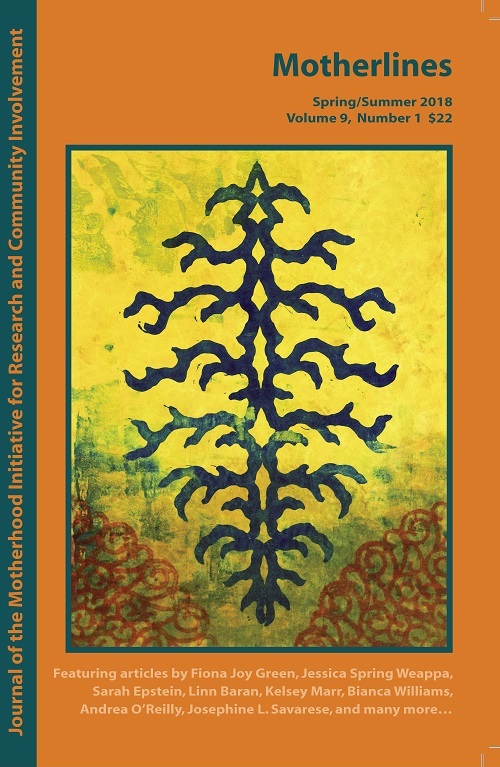Francine Krause: Reconnecting Women to the Motherlines through the Practice of Pregnancy Belly Masking
Abstract
In the early 1990s, academic feminists concerned with essentialism were skeptical of an excessive focus on motherhood and the pregnant body, yet in popular culture, the pregnant body was being galvanized as a symbol of female empowerment. At that time, Naomi Lowinsky also introduced her concept of the “motherlines,” calling for women to regain a sense an embodied connection to the stories of their lifecycles and maternal lineage. Interpreting the motherlines in a nonessentialist way, I introduce Californian artist Francine Krause’s 1991 “In Honor of Pregnant Women” exhibition
of belly masks (i.e., plaster casts of the pregnant torso) as an example of a cultural practice working toward reconnecting women to the motherlines through the language of visual art. Krause’s exhibition provided a forum through which everyday women’s
stories and feelings about pregnancy could be publicly transmitted; it called attention to women’s entry into, and complex relationship with, the “mask of motherhood.” Krause’s exhibition was also an important way for women to mediate their complex feelings about pregnancy, which allowed the audience to question established cultural discourses about pregnancy as well as consider their own connection to the motherlines.
Downloads
How to Cite
Issue
Section
License
All intellectual property in relation to material included on this site belongs to the Motherhood Initiative for Research and Community Involvement (MIRCI). All material on this site is protected by Canadian and international copyright and other intellectual property laws. Users may not do anything which interferes with or breaches those laws or the intellectual property rights in the material. All materials on the Motherhood Initiative for Research and Community Involvement (MIRCI) are copyrighted and all rights are reserved. Any reproduction, modification, publication, transmission, transfer, sale, distribution, display or exploitation of the information, in any form or by any means, or its storage in a retrieval system, whether in whole or in part, without the express written permission of the Motherhood Initiative for Research and Community Involvement (MIRCI) is prohibited. Please contact us for permission to reproduce any of our materials. This site may include third party content which is subject to that third party's terms and conditions of use.


